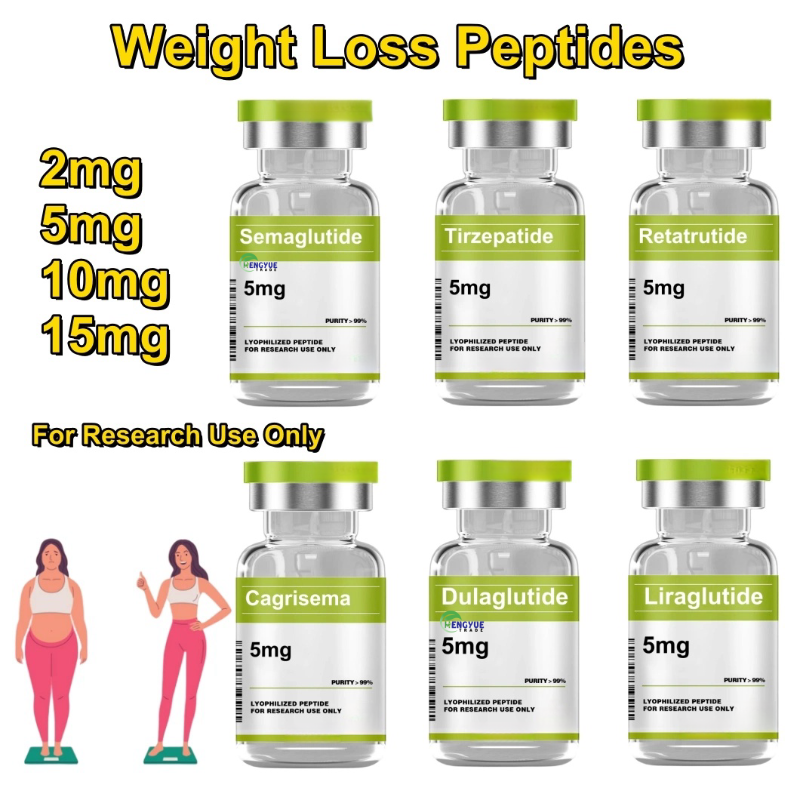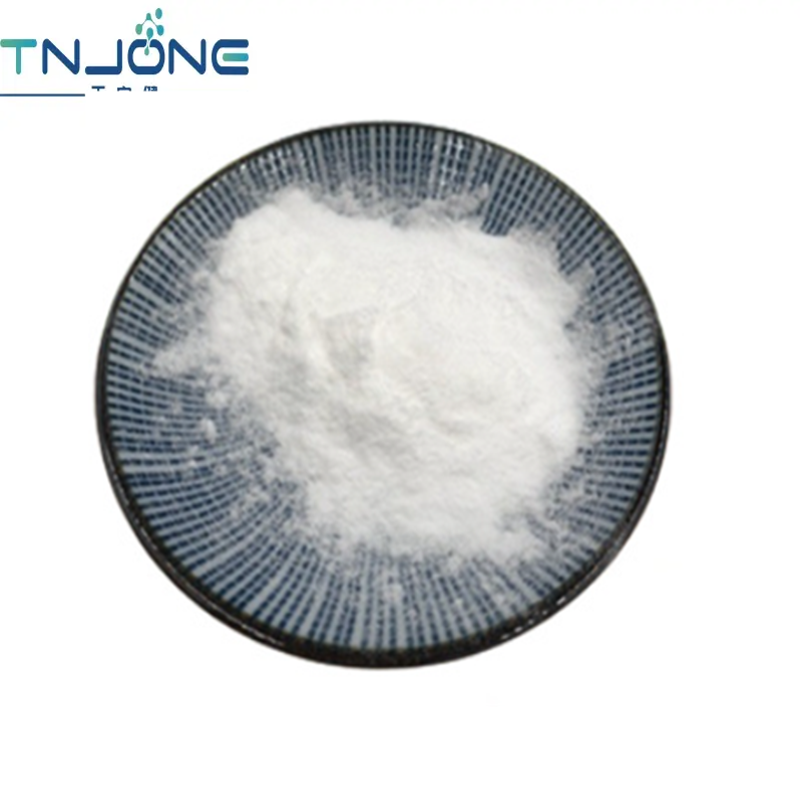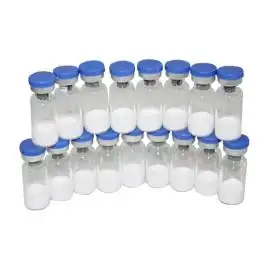-
Categories
-
Pharmaceutical Intermediates
-
Active Pharmaceutical Ingredients
-
Food Additives
- Industrial Coatings
- Agrochemicals
- Dyes and Pigments
- Surfactant
- Flavors and Fragrances
- Chemical Reagents
- Catalyst and Auxiliary
- Natural Products
- Inorganic Chemistry
-
Organic Chemistry
-
Biochemical Engineering
- Analytical Chemistry
-
Cosmetic Ingredient
- Water Treatment Chemical
-
Pharmaceutical Intermediates
Promotion
ECHEMI Mall
Wholesale
Weekly Price
Exhibition
News
-
Trade Service
The chemical industry is a vast and complex sector that involves the production of a wide range of chemical products.
These products are used in various industries, including pharmaceuticals, textiles, cosmetics, and agriculture, among others.
The production of these chemicals involves a series of processes, which can be divided into two main categories: upstream and downstream.
In this article, we will discuss the upstream and downstream products of Salai, which is a common term used in the chemical industry to refer to a specific type of chemical reaction.
Upstream products of Salai refer to the starting materials that are used to produce a particular chemical compound.
These starting materials are usually raw materials or intermediates that are derived from natural sources, such as plants or minerals, or synthetic chemicals that are produced through chemical reactions.
In the case of Salai, the upstream products are usually a mixture of alcohols and phenols, which are reacted to form the desired product.
The downstream products of Salai refer to the final chemical compounds that are produced through a series of chemical reactions.
These products are usually used as building blocks for the production of various chemicals, pharmaceuticals, and other products.
In the case of Salai, the downstream products are typically a mixture of salicylic acid and benzoic acid, which are used as intermediates in the production of various chemicals and pharmaceuticals.
The Upstream Products of Salai
The upstream products of Salai are a mixture of alcohols and phenols, which are used as starting materials to produce the desired chemical compound.
These starting materials are usually derived from natural sources, such as plants or minerals, or are synthetic chemicals that are produced through chemical reactions.
In the production of Salai, the upstream products are usually a mixture of methanol, ethanol, and phenol, which are reacted in the presence of a catalyst, such as conc.
H2SO4, to produce the desired product.
The reaction is usually carried out in a series of stages, with the mixture of alcohols and phenols being gradually converted into the desired product.
The Downstream Products of Salai
The downstream products of Salai are typically a mixture of salicylic acid and benzoic acid, which are used as intermediates in the production of various chemicals and pharmaceuticals.
Salicylic acid is a white, crystalline powder that is commonly used as a disinfectant, a germicide, and an insecticide.
It is also used in the treatment of various skin conditions, such as acne, and is a key ingredient in many over-the-counter medications.
Benzoic acid is a white, crystalline powder that is commonly used as a preservative in food and beverages.
It is also used in the production of various chemicals, such as dyes, perfumes, and pharmaceuticals.
In the production of Salai, the downstream products are typically a mixture of salicylic acid and benzoic acid, which are separated and purified to produce the final product.
This involves a series of steps, including crystallization, filtration, and distillation, to produce pure, high-quality chemical compounds.
Challenges in the Production of Salai
The production of Salai involves a series of complex chemical reactions, which can be challenging to manage.
One of the main challenges is the separation and purification of the desired product from the mixture of upstream and downstream products.
This requires the use of specialized equipment and techniques, such as crystallization, filtration, and distillation, to produce pure, high-quality chemical compounds.
Another challenge is the control of the reaction conditions, which can have a significant impact on the yield and quality of the final product.
This involves the careful control of factors such as temperature, pressure, and the use of catalysts and other reagents, to ensure that the reaction proceeds smoothly and efficiently.







